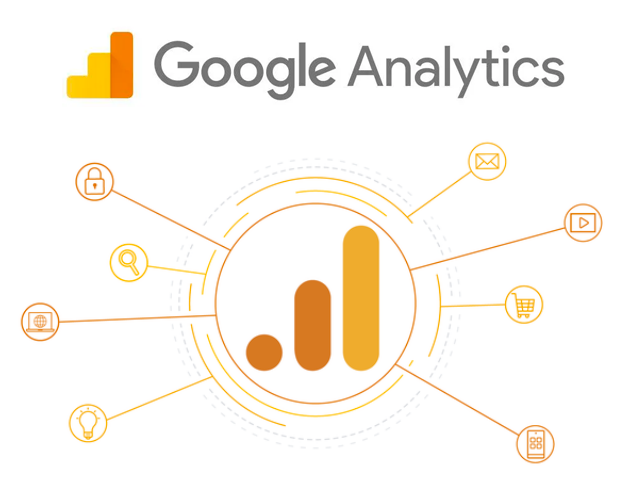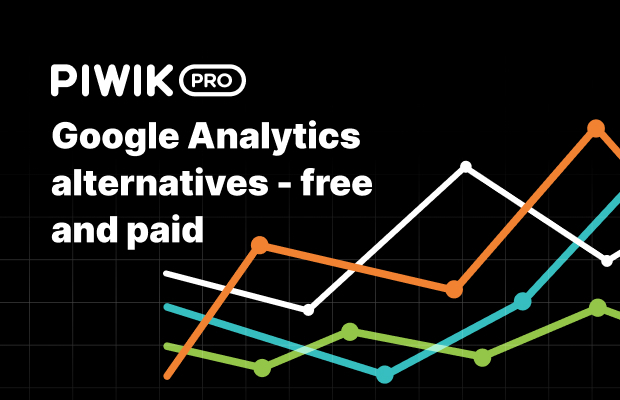Whatever You Need to Know About When Does the Google Analytics Tracking Code Send an Event Hit to Analytics
Whatever You Need to Know About When Does the Google Analytics Tracking Code Send an Event Hit to Analytics
Blog Article
Master Website Insights With Accurate Google Analytics Monitoring Code
The efficient application of Google Analytics hinges on the specific execution of its tracking code, a fundamental step typically ignored by site owners. What are the usual pitfalls that could weaken your tracking efforts, and exactly how can you make sure accuracy in your technique?
Comprehending Google Analytics Fundamentals
Google Analytics is an important tool for web site owners and online marketers, providing very useful insights into individual behavior and website efficiency. At its core, Google Analytics accumulates information concerning site visitors to a site, permitting users to examine metrics such as website traffic resources, user interaction, and conversion rates. Recognizing these principles is important for optimizing a web site's performance and enhancing individual experience.
The platform employs cookies to track communications, recording information such as page sights, session periods, and bounce prices. This info is accumulated and offered through customizable control panels, allowing customers to visualize trends with time. Key efficiency indicators (KPIs) can be checked, such as the total variety of individuals, brand-new versus returning site visitors, and the geographic circulation of the audience.
Furthermore, Google Analytics uses segmentation features, allowing users to separate specific web traffic resources or individual demographics for more targeted analysis. By grasping these foundational elements, web site proprietors can make enlightened choices regarding web content approach, marketing projects, and general website renovations. Inevitably, recognizing Google Analytics essentials is important for leveraging data to drive growth and accomplish organization goals efficiently.
Establishing Your Monitoring Code

Duplicate the supplied tracking code and paste it right into the HTML of your internet site. Preferably, this code must be put in the header section of every web page you want to track. This makes certain that the tracking code tons prior to any type of other material, permitting it to catch information precisely. If you are utilizing a material administration system (CMS) like WordPress, there are plugins offered that simplify the integration process.
After installment, confirm that the monitoring code is operating appropriately by using Google Tag Assistant or the Real-Time reports in Google Analytics - when does the google analytics tracking code send an event hit to analytics?. This action is vital to verify that your information collection is accurate and energetic, setting the foundation for insightful evaluation
Common Tracking Code Issues
This might take place when the tracking code is placed in the wrong area of the site's HTML, frequently leading to absent or insufficient data. In addition, having numerous instances of the tracking code on a solitary web page can result in inflated metrics, as customer communications could be counted much more than once.
One more concern develops from using advertisement blockers, which can stop the tracking code from carrying out completely, therefore skewing data. when does the google analytics tracking code send an event hit to analytics?. Furthermore, failing to set up filters appropriately can cause the exclusion of necessary traffic sources or the addition of undesirable reference spam, distorting the information accumulated
Site proprietors might likewise ignore the importance of tracking code updates, particularly when moving to Google Analytics 4 (GA4) from Universal Analytics. Finally, not enough screening prior to releasing adjustments can lead to undetected errors in the tracking code, further making complex information integrity. Dealing with these common issues is important for making sure accurate monitoring and insightful analytics.
Analyzing Site Data Properly
Accurate information collection is only the initial step in leveraging Google Analytics; the genuine worth exists in properly examining that data to drive enlightened decision-making. To attain this, it is vital to identify essential efficiency news signs (KPIs) that line up with your company goals. Focus on metrics such as conversion rates, customer involvement, and website traffic resources, as these will certainly provide insights right into individual habits and the total effectiveness of your web site.
Utilizing Google Analytics' segmentation attributes permits a much weblink deeper understanding of your audience. By breaking down information right into details demographics, actions, and web traffic channels, you can uncover trends and patterns that inform targeted techniques. Implementing personalized reports and dashboards can streamline this process, allowing fast access to significant data.
Furthermore, routinely assessing information trends over time helps to determine abnormalities and possibilities for improvement. Make use of visualization tools to existing information in an easily digestible style, helping with much more effective communication with stakeholders. Inevitably, the capability to evaluate website information effectively encourages organizations to make tactical decisions that improve individual experience, optimize marketing initiatives, and drive development.

Ideal Practices for Accurate Tracking
Applying efficient tracking techniques is critical for acquiring dependable information in Google Analytics. To ensure accurate tracking, begin by correctly setting up the Google Analytics tracking code on every page of your site. This can be completed via a tag manager or by directly embedding the code right into the HTML.
Following, configure your Google Analytics account to leave out interior traffic. This can be done by establishing filters that identify and eliminate brows through from your organization's IP address, therefore protecting against manipulated data. In addition, use event tracking to check specific customer interactions, such as downloads or video clip plays, which typical page views might overlook.
Regularly audit your monitoring configuration to validate that all attributes, such as goals and ecommerce monitoring, are operating correctly. Establish a regular naming convention for your projects and occasions to help with simpler reporting and analysis.
Lastly, take into consideration leveraging UTM criteria for projects to acquire insights right into the efficiency of different advertising and marketing efforts. By adhering to these finest practices, you can improve the accuracy of your information collection and analysis, ultimately leading to useful link even more educated decision-making for your site.
Conclusion
By ensuring the tracking code is properly put and frequently examined, web site proprietors can capture important customer communication information, hence promoting the recognition of essential performance indicators. Eventually, a robust monitoring framework boosts the capability to drive engagement and boost overall website performance.

Insufficient screening before releasing changes can result in undetected mistakes in the monitoring code, additionally complicating information dependability.Applying effective tracking practices is crucial for obtaining trustworthy data in Google Analytics. By ensuring the tracking code is properly put and consistently audited, site owners can catch essential individual communication data, therefore assisting in the recognition of essential efficiency indications.
Report this page